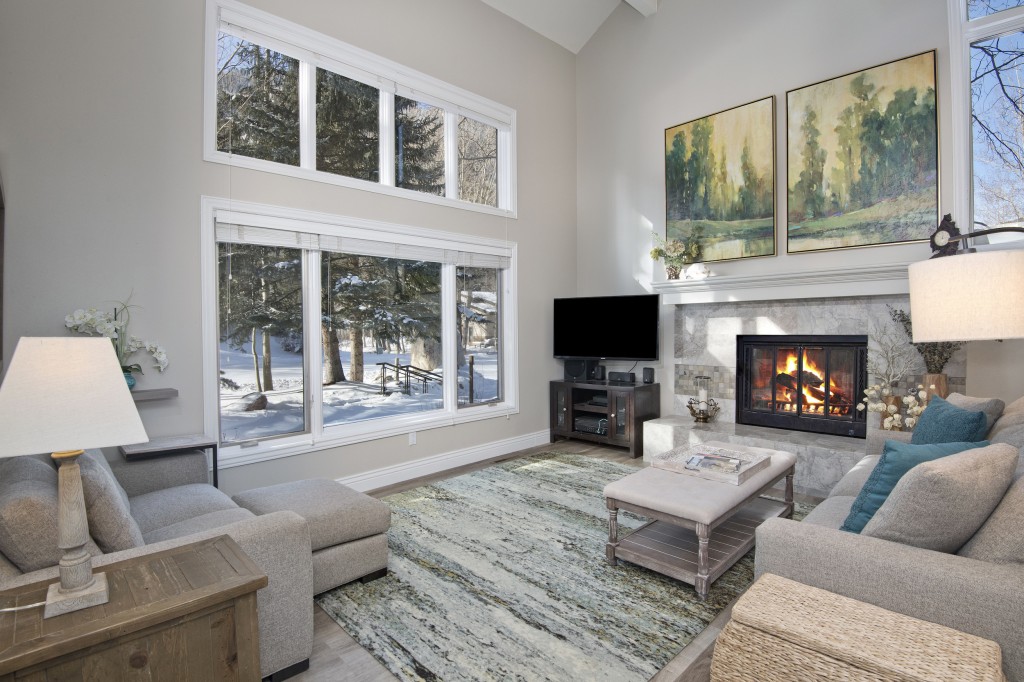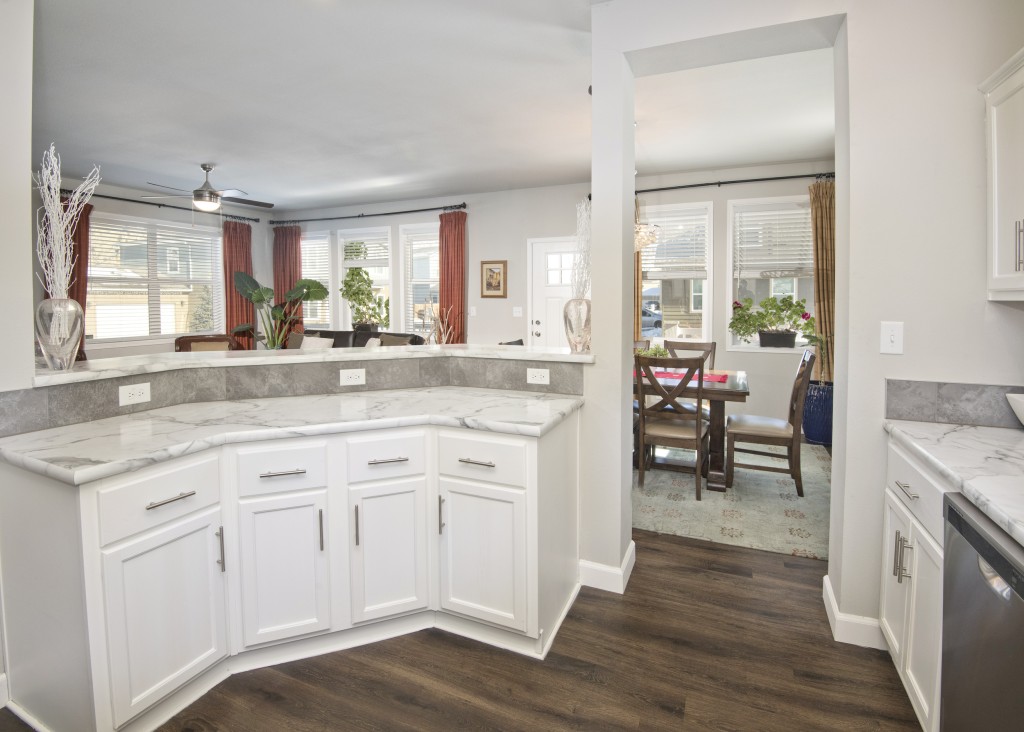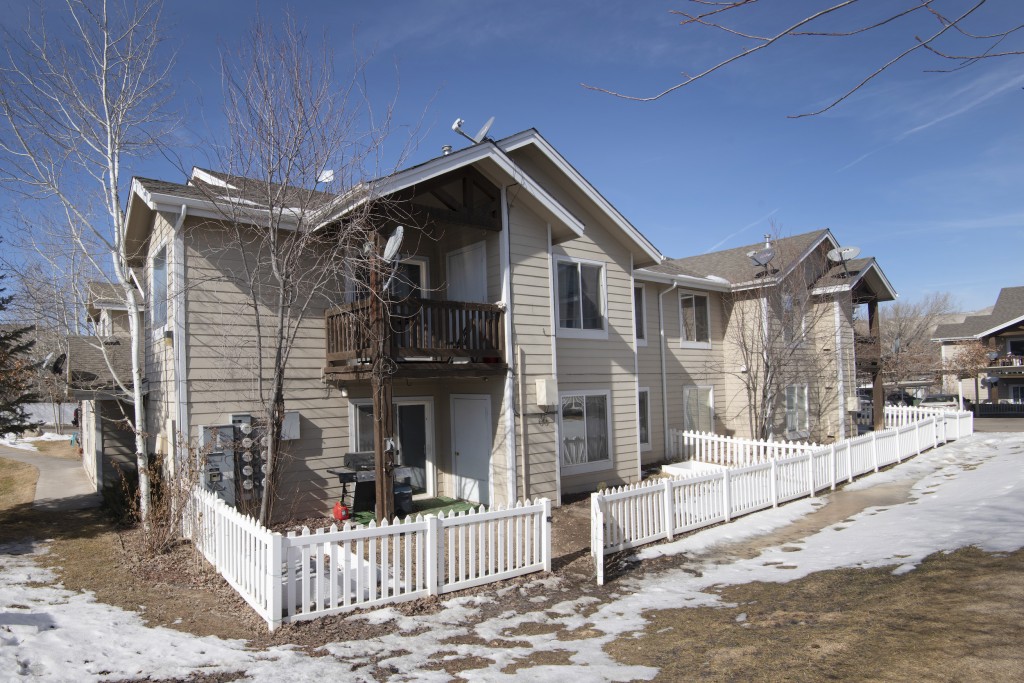Any investor who just bought their first apartment building knows that one of the greatest benefits of owning a rental property is the tax perks. Rental property owners have a long list of tax deductions, including owner and operating expenses, the pass-through deduction, and the mortgage interest deduction.
Arguably the most powerful rental property tax benefit is depreciation: the process used to deduct the costs of buying and improving a rental property. You can even include appliances and improvements, such as a new roof or kitchen. Depreciation can give you a substantial tax deduction every year for nearly three decades.
So, how does it save you money? And how does it work?
Here’s how you can use rental property depreciation to dramatically reduce your tax bill:
How Rental Property Depreciation Works
Rental property depreciation lets you deduct a portion of the property’s purchase price, plus improvement costs, every year of its “useful life,” a term to describe how long a depreciable asset can generate cost-effective revenue.
The most common system used to calculate real estate depreciation estimates that a property is “useful” for 27.5 years. A very simplified way to calculate your annual depreciation deduction is to divide the purchase price of your property, by that 27.5-year number.
However, calculating depreciation is a little more complicated than, for example, calculating real estate commission, because there are very strict requirements governing which types of rental properties can depreciate.
First, you have to be the owner of the property. In addition, you have to use the property as an income-producing asset, and it has to be expected to last for more than a year.
Finally, the property has to have a “useful life.” Meaning, it’s an asset that can “wear out” and eventually lose its value. That’s why only your property can depreciate, not the land it sits on, which never gets “used up.”
If you put your rental property into service and dispose of it (or use it for something other than business) within the same year, you can’t use the depreciation deduction. If your property meets all those requirements, you can start claiming depreciation.
If your income from that rental property is $20,000 a year, at tax time, you can apply your $10,000 depreciation and immediately reduce your tax liability by half.
How Depreciation Works in Action
Let’s say you found a great investment property and bought it for $300,000. As mentioned above, the building can depreciate but not the land. A common way to separate the two is to attribute 80% of the value to the property and 20% to the land. Subtracting 20% means you can depreciate $240,000 of the purchase price.
Then you notice the property has a leaky roof, so you have a new one installed for $20,000. You also have to replace the water heater at a cost of $15,000. You can add $35,000 in repair costs for a total of $275,000 you can deduct.
Divide that by the standard depreciation term of 27.5 years, and you get a flat $10,000 a year in depreciation. If your income from that rental property is $20,000 a year, at tax time, you can apply your $10,000 depreciation and immediately reduce your tax liability by half.
That’s the power of depreciation, and you get to claim it every year you own the property for 27.5 years — or until you sell the property or stop using it as a business asset.
Don’t Forget About Depreciation Recapture
Depreciation is an incredibly valuable tax deduction that gives owners a huge, recurring tax break. But there’s a small catch: when you sell the property, you have to give some of that money back in the form of “depreciation recapture.”
Using the example from above, let’s say you rented the property for a decade, and each year you claimed $10,000 in depreciation for a total of $100,000.
You then sold the property for $475,000. You’ll have to pay capital gains tax on your profits, and you’ll have to calculate your profits using an adjusted basis that takes what you claimed in depreciation into account.
In other words, you don’t simply subtract the depreciable amount of the purchase price ($275,000) from the sale price of $475,000 to get a profit of $200,000.
First, you subtract total depreciation claimed ($100,000) from the depreciable amount of the purchase price ($275,000) to get an adjusted basis of $175,000. Then you subtract that from the sale price to get your actual taxable gain of $300,000.
However, depreciation is taxed differently than capital gains. Long-term capital gains are taxed at a rate of 15% or 20%, while depreciation is taxed at a much higher rate of 25%. In our example, $100,000 of that $300,000 gain will be taxed at the depreciation recapture rate of 25%, while the remaining $200,000 will be taxed at the long-term capital gains rate, which is tied to income.
Claiming rental property depreciation can be complicated. It’s not as straightforward as calculating return on investment. It’s a very powerful tax strategy when used properly, but if it sounds overwhelming, consider working with a seasoned tax professional who can guide you through the process.
 Luke Babich is the Co-Founder of Clever Real Estate, a real estate education platform committed to helping home buyers, sellers, and investors make smarter financial decisions. Luke is a licensed real estate agent in the State of Missouri and his research and insights have been featured on BiggerPockets, Inman, the L.A. Times, and more.
Luke Babich is the Co-Founder of Clever Real Estate, a real estate education platform committed to helping home buyers, sellers, and investors make smarter financial decisions. Luke is a licensed real estate agent in the State of Missouri and his research and insights have been featured on BiggerPockets, Inman, the L.A. Times, and more.





